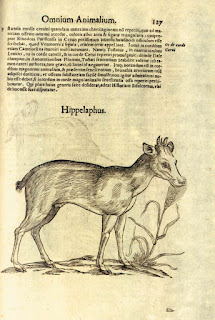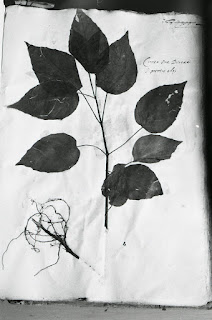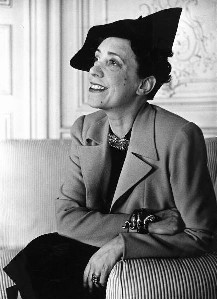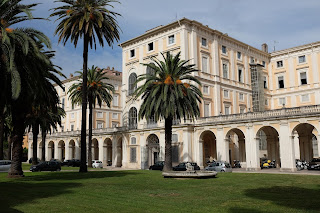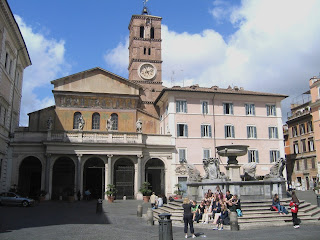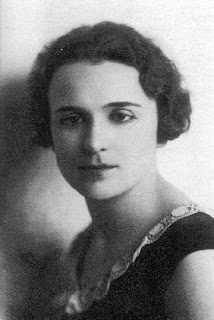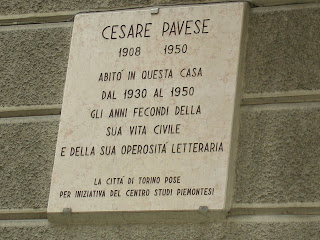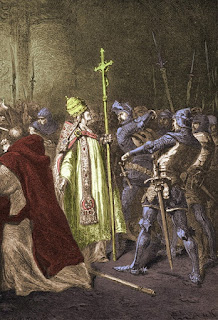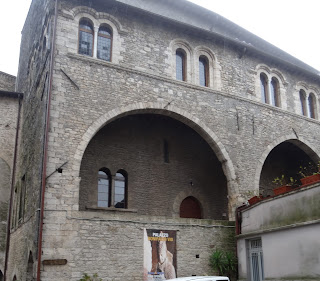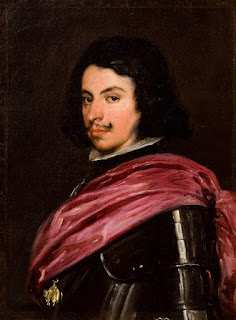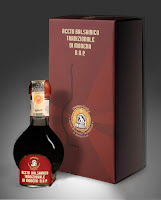Tragic beauty shunned after breakdown
 |
| Daniela Rocca broke into films after winning a beauty contest in her native Sicily at the age of 15 |
The movie, in which she starred opposite Marcello Mastroianni,
won an Academy Award for its writers and acclaim for former beauty queen Rocca, who
revealed a notable acting talent.
Yet this zenith in her short career would in some ways also
prove to be its nadir after she fell in love with the director, Pietro Germi.
The relationship she hoped for did not materialise and she subsequently suffered a mental breakdown, which had damaging
consequences for her career and her life.
Born in Acireale, a coastal city in eastern Sicily in the
shadow of the Mount Etna volcano, Rocca came from poor, working class roots but her looks became a passport to a new life. She entered and won the Miss Catania beauty
contest before she was 16.
 |
| Divorce, Italian Style broke new ground in Italian cinema |
Rocca’s acting debut came in 1957 in the French director
Maurice Cloche’s film Marchand de Filles and after a series of roles as the glamorous
love interest in various melodramas she began to acquire box office appeal.
Germi saw her in 1961 in Rome 1585, which was also known as I
Masnadieri – the Mercenaries – the last film to be made by the veteran Italian
director Mario Bonnard, by which time Rocca was popular enough with
audiences to share top billing with Antonio Cifariello, an established star of
romantic comedies and adventure movies.
The part Germi offered her in Divorce, Italian Style was a
little different, however.
Although from a middle-class background in Liguria, Germi’s
films were often realistic social dramas, usually with a Sicilian setting. He
tackled serious subjects and though Divorzia all’Italiana was to be a comedy,
his aim was to denounce what he saw as the absurdity of a society that would
not allow a man to divorce his wife but would look leniently on him if he
killed her in a so-called crime of passion, to protect his ‘honour’.
He chose Rocca to play Rosalia, the wife of Mastroianni’s
character, an impoverished Sicilian nobleman called Ferdinando Cefalù, who
wants to be free of the devoted but rather dowdy Rosalia so that he can marry
his much younger and prettier cousin, Angela.
 |
| Rocca had enjoyed some success taking glamorous roles in adventure movies before Germi's film showcased her acting |
Given her history of playing glamorous female leads, Rocca seemed
an unusual choice to play a frumpy, oppressive housewife yet she gave
a impressive performance, dressing in unflattering clothes and allowing make-up
to give her a moustachioed top lip, allowing Angela (Stefania Sandrelli) to
outshine her at every turn.
Divorce, Italian Style was ground-breaking in that it used comedy
as a genre that allowed film directors to tackle controversial topics
that would otherwise have been taboo in Italy. Other directors followed suit,
producing movies that allowed Italians to laugh at themselves and which in some ways
broke the ice surrounding difficult social problems that needed debate and
resolution.
The movie won the Academy Award for Best Writing, Story and
Screenplay. Mastroianni was nominated for Best Actor in a Leading Role and many
critics considered Rocca to be worthy of similar acclaim.
It should have been the springboard to her recognition as a
serious actress. Instead, it virtually ended her career.
 |
| Pietro Germi, pictured with Claudia Cardinale, had been a successful actor before turning to directing |
As a result, other directors quickly became reluctant to
cast her, fearful that her mental state was too fragile. Offers of parts became
few and far between and soon ceased altogether. She fell into a state of severe depression and,
after cutting her wrists in what was seen as another suicide attempt, was
admitted to a mental institution in Palermo.
She remained there for several years, finally allowed to go
home in 1975. Later she said she felt abandoned
by former colleagues and misunderstood by doctors, claiming they mistook a simple nervous
breakdown for insanity.
The experience aged Rocca prematurely and she died from
heart failure at the age of just 57, having moved into a retirement home in
Milo, near Catania - although she did leave something of a creative legacy.
Remarkably, while living in the home, she wrote and had
published three novels, a book on psychoanalysis and a volume of poetry.
Daniela Rocca came from a working class neighbourhood but Acireale
is a city with a wealth of culture and many beautiful buildings, some with
clear Muslim influences dating back to the Arabic conquest of Sicily in the
ninth century, after which the Muslim forces remained in charge until the
Normans took control in the 11th century. At the centre of the city
is the beautiful Piazza del Duomo, where can be found not only the cathedral,
dedicated to Maria Santissima Annunziata, but also the Basilica of Saints Peter
and Paul and the Town Hall. The Zalantea
art gallery showcases many local painters from the 17th to the 20th
centuries.
 |
| The mighty Mount Etna, smoke emerging from its snow- capped peak, dominates eastern Sicily |
Looming over Acireale and all the other communities, large
and small, in the eastern part of Sicily, Mount Etna is one of the most active
volcanoes in the world and by far the tallest of the three active volcanoes in Italy,
at 3,329 metres (10,922 feet) some two and a half times the height of Vesuvius. Across the whole of Europe and North Africa,
only Mount Teide in Tenerife is taller.
Eruptions occur regularly and often last for long periods. One, starting
on July 6, 2009, lasted 417 days, the longest since the 473-day affair between
1991 and 1993, and events lasting anything from three weeks to six months
happen with relative frequency. Despite
its volatility, tourists can still take excursions to the summit. It is
advisable to wear warm clothing, however. Visitors who board the cable cars in
25-30 degree summer temperatures are often surprised to it decidedly chilly at the top.


